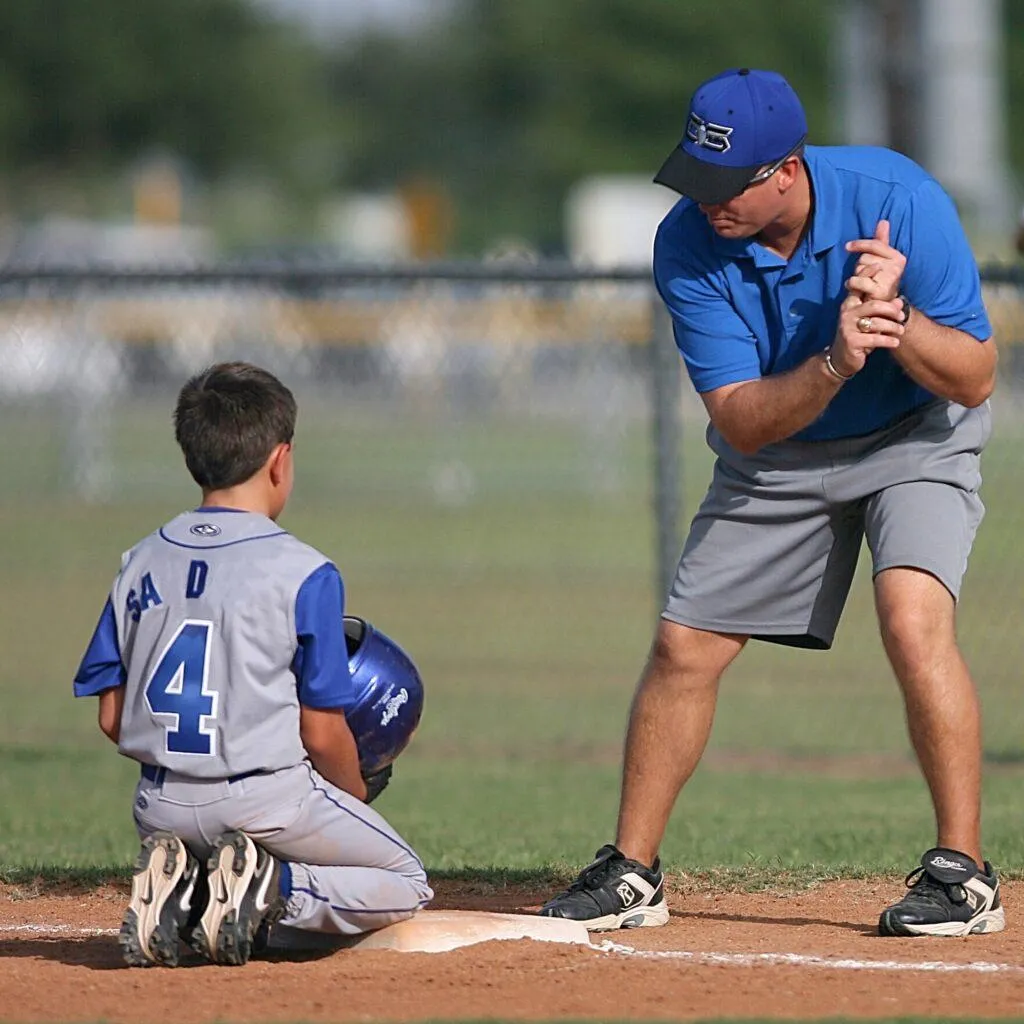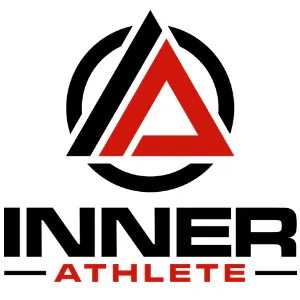UNIT 13, 49 GRANGE ROAD, CHELTENHAM, MELBOURNE, VICTORIA, 3192
Inner Athlete Blog

Coaching Youth Athletes with Autism Spectrum Disorder
Why Change, Exercise & Support Matter for Young Athletes
One of the biggest challenges for individuals with Autism Spectrum Disorder (ASD) is adapting to change. Whether it’s a sudden schedule switch, a new teacher, or a different routine, these moments can trigger immense stress.
Often, the effects don’t show up immediately. A child might bottle up their emotions all day and only release them once they feel safe—usually at home. This is especially common for children who are skilled at “masking” or hiding their true feelings to fit in.
In a recent episode of the Inner Athlete Podcast, we welcomed back Dolly—a Behaviour Support Practitioner and Speech Pathologist—to discuss how structured physical activity can support children and youth athletes on the spectrum.
Key Takeaways for Supporting Young Athletes with ASD
1. ASD Affects Social Interaction and Communication
Autism is a neurodevelopmental disorder that primarily impacts a person’s ability to communicate, engage socially, and regulate behaviour. Every child is unique, which is why it’s referred to as a spectrum.
2. Initiating and Interacting Is Often Difficult
Children with ASD may not naturally seek help, join group conversations, or show interest in others’ perspectives. These challenges can carry over into sport and team-based environments.
3. Motor Skill Delays Can Impact Participation
Fine and gross motor skills are often delayed or uncoordinated. For a young athlete, this can make sport frustrating or even distressing without the right kind of coaching.
4. Movement is Medicine
Exercise isn’t just physical—it’s therapeutic. A structured movement program can help teen athletes with ASD improve their fitness, emotional regulation, and communication skills. With the right approach, coordination and confidence grow hand in hand.
5. Emotional Regulation Is a Key Hurdle
Many children with ASD struggle to describe how they feel, especially when tired, overwhelmed, or in pain. Using tools like emotion charts, “energy thermometers,” or pain scales can make self-expression easier.
6. Visual Supports Make a Difference
Children with ASD are often strong visual learners. Visual tools can help them communicate how they feel during sport, training, or school.
7. Consistency Reduces Anxiety
Sudden changes can be disruptive. Providing clear expectations, visual schedules, or preparing the athlete in advance helps reduce stress and improve engagement.
8. Sensory Input Supports Regulation
Movement (vestibular input) and physical pressure (proprioception) help regulate the nervous system. That’s why many kids fitness programs include jumping, pushing, and carrying—what’s known as “heavy work.”
9. Create a “Sensory Diet” Throughout the Day
Just like small meals throughout the day support nutrition, regular bursts of movement and calming activities support emotional regulation. These can be scheduled both in and out of training sessions.
10. With Patience, Progress Comes
With a supportive environment and structured teaching, youth athletes with ASD can build confidence, independence, and resilience—both in sport and life.
Final Thought
For a young athlete with autism, movement is more than just fitness—it’s a gateway to emotional well-being, communication, and social confidence. At Inner Athlete, we’ve seen how personalised training can unlock a child’s full potential.
Ready to learn more?
🎧 [Listen to the full podcast episode here](1) Ep. 90 - Coaching Youth Athletes with Autism Spectrum Disorder - YouTube
💬 Got questions? Contact our team to see how we can support your child’s journey. [email protected].;au
Book A Free Discovery Call
By providing your number you consent to receive marketing/promotional/motification messages from Inner Athlete. Opt-out anytime by replying STOP. Msg & Data rates may apply
Apply Today
Lorem ipsum dolor sit amet, consectetur adipiscing elit, sed do eiusmod
STEP 1
Submit Your Application
Lorem ipsum dolor sit amet, consect adipiscing elit, sed do eiusmod tempor incididunt ut labore et dolore
STEP 2
Go Through The Interview Process
Lorem ipsum dolor sit amet, consect adipiscing elit, sed do eiusmod tempor incididunt ut labore et dolore
STEP 3
Start Coaching
Lorem ipsum dolor sit amet, consect adipiscing elit, sed do eiusmod tempor incididunt ut labore et dolore
Contact Us
Email
[email protected]
Address
13/49 Grange Rd, Cheltenham 3192 (opp. DFO)
Phone 0483 956 560
Follow Us

